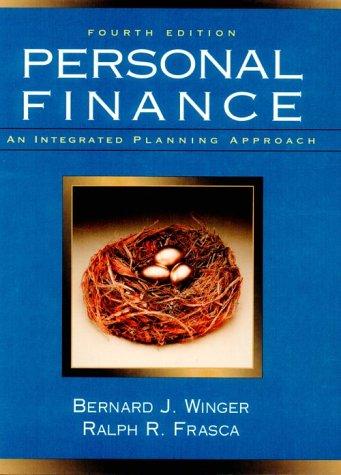41. Assume there is a fixed exchange rate between the Canadian and U.S. dollars. The expected return and standard deviation of return on the US stock market are 10% and 15%, respectively. The expected return and standard deviation of return on the Canadian stock market are 12% and 16%, respectively. The covariance of returns n the U.S. and Canadian stock markets is 012.If in the Canadian stock market and 50% in the US stock market, the standard deviation of of your return on your portfolio would be A. 10.96%; B. 12.25%; 13.42%; D. 15.5%; E 16.75% 42. Real U.S. interest rates move above Japanese interest rates. If you believe that Japanese interest rates won't move and that interest rate parity will hold, then A. the yen-per-dollar exchange rate should rise; B. the dollar-per-yen exchange rate should rise C. the exchange rate should stay the same if parity holds A. The Federal Reserve will transfer funds to the Bank of Japan until an equilbrium rate is attained Bthe answer cannot be determined from the information given. 43. Suppose a U.S. investor wants to invest in a British firm currently selling for 50 per share. The investor has $7,000 to invest, and the current exchange rate is $1.40/E. After 1 year, the exchange rate is denominated return? A.10%; B.93%; C896: D.7.1%; E, 5.6% unchan and the share price is E55. What is the 44. A country has a PRS political risk rating of 75, a financial score of 40, and an economic score of 35. The country's composite rating is A. 150; B. 100; C. 75; D. 40: E. 35 45. An American purchased US$1,000 worth of British Pounds Sterling from a foreign exchange (forex) broker to buy British Auto (ticker: BA) stock denominated in British pounds. On the purchase date the U.S. dollars and British pounds exchange rate was Eo $1.20/E1. The American took her newly purchased British pounds to an American stock broker that had a British office and bought 20 shares of BA stock for E41.66/share. BA pays no cash dividends. One year later, the American sold her long position in BA for E40/share. The exchange rate was E1-$1.1/E1 when BA was sold. Ignoring taxes and commissions, what was the American investor's holding period return in U.S. dollars from her investment in BA? A, 4.7496; B, 5.8296; C.6.95%; D.810%; E.8.90%







